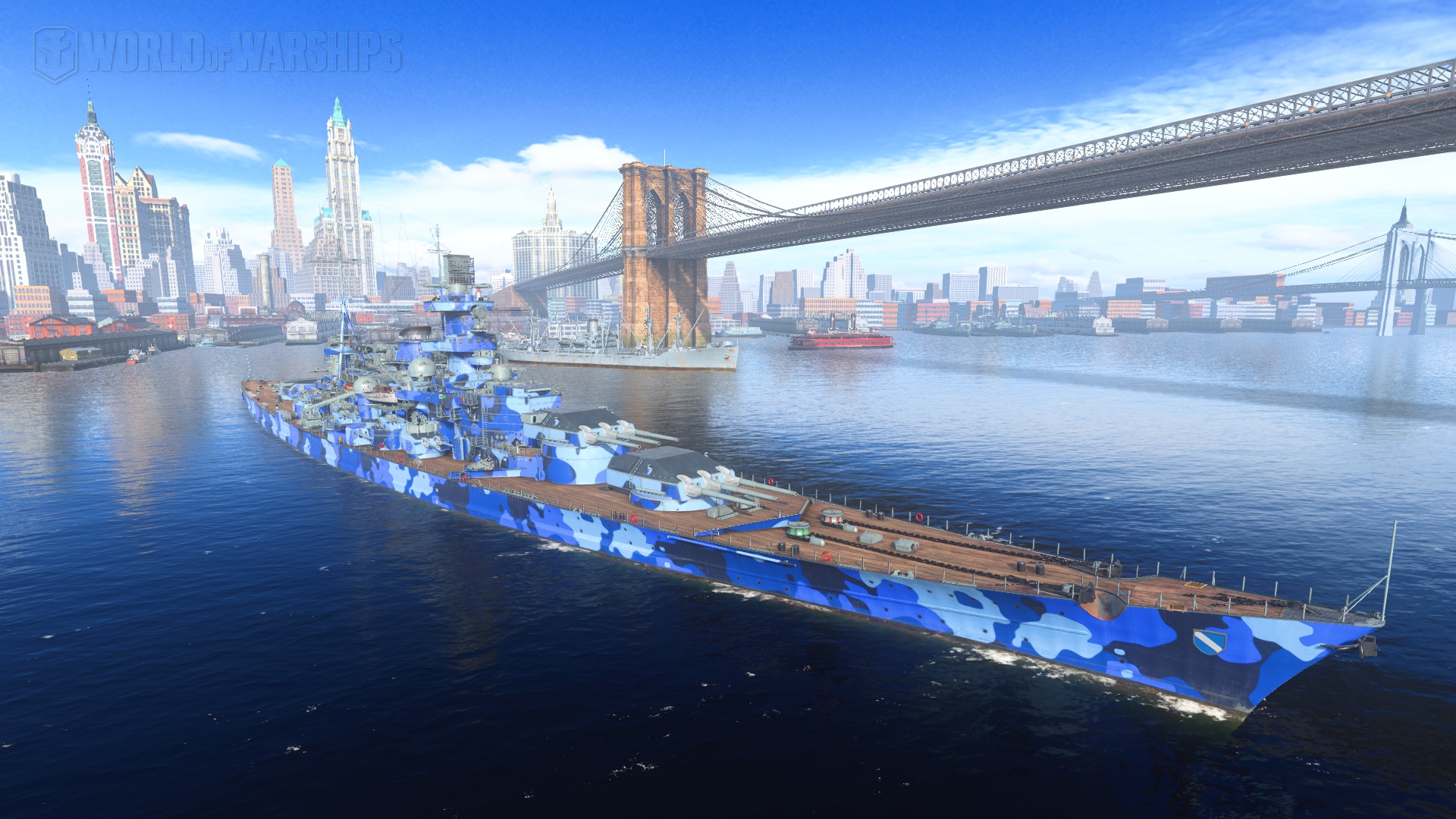

Kormoran 's success against HMAS Sydney is commonly attributed to the proximity of the two ships during the engagement, and the raider's advantages of surprise and rapid, accurate fire. The wreck of Kormoran was rediscovered on 12 March 2008, four days before that of her adversary. While 318 of the 399 aboard the German ship were rescued and placed in prisoner of war camps for the remainder of World War II, there were no survivors from the 645 aboard the Australian cruiser. Damage sustained during the battle prompted the scuttling of Kormoran. She is also known for sinking the Australian light cruiser HMAS Sydney during a mutually destructive battle off Western Australia on 19 November 1941. The largest merchant raider operated by Germany during World War II, Kormoran (" cormorant") was responsible for the destruction of 10 merchant vessels and the capture of an 11th during her year-long career in the Atlantic and Indian oceans. Administered under the designation Schiff 41, 'Ship 41', to the Allied navies she was known as "Raider G". Originally the merchant vessel Steiermark (" Styria"), the ship was acquired by the navy following the outbreak of war for conversion into a raider.

The German auxiliary cruiser Kormoran (HSK-8) was a Kriegsmarine (German navy) merchant raider of World War II. 6 × torpedo tubes (2 twin deck mounts 2 single, aft-angled submerged tubes).5 × 2 cm (0.79 in) FlaK 30 anti-aircraft guns.


 0 kommentar(er)
0 kommentar(er)
